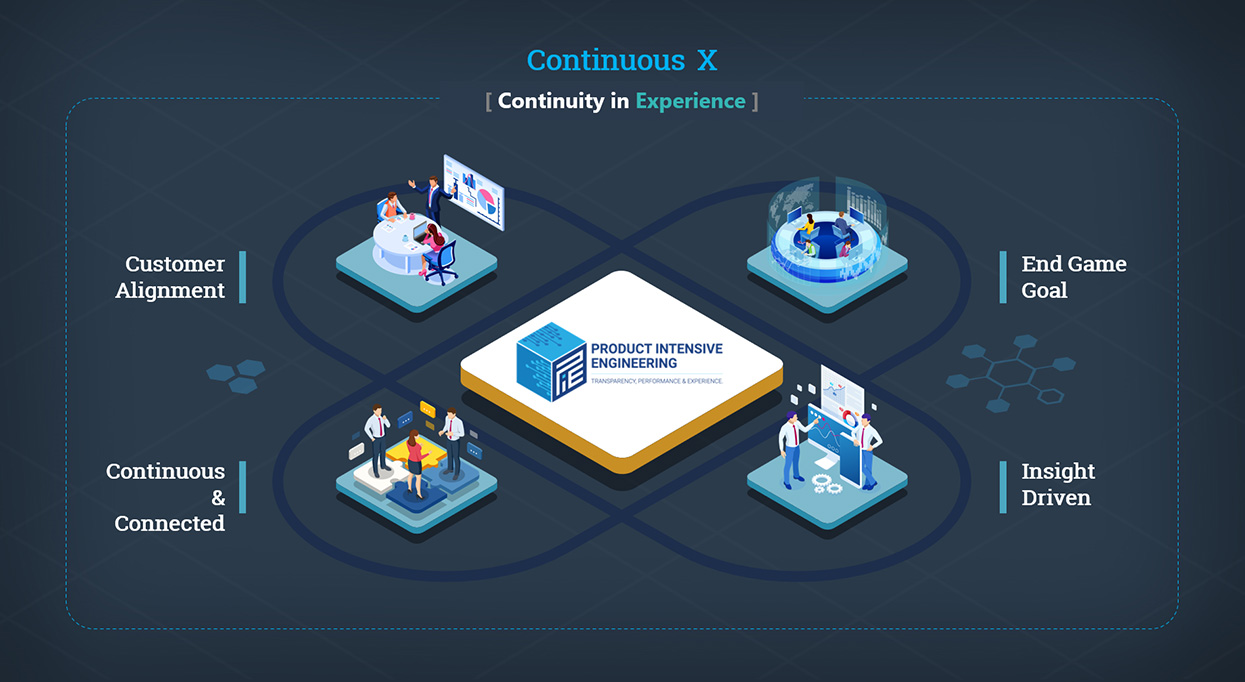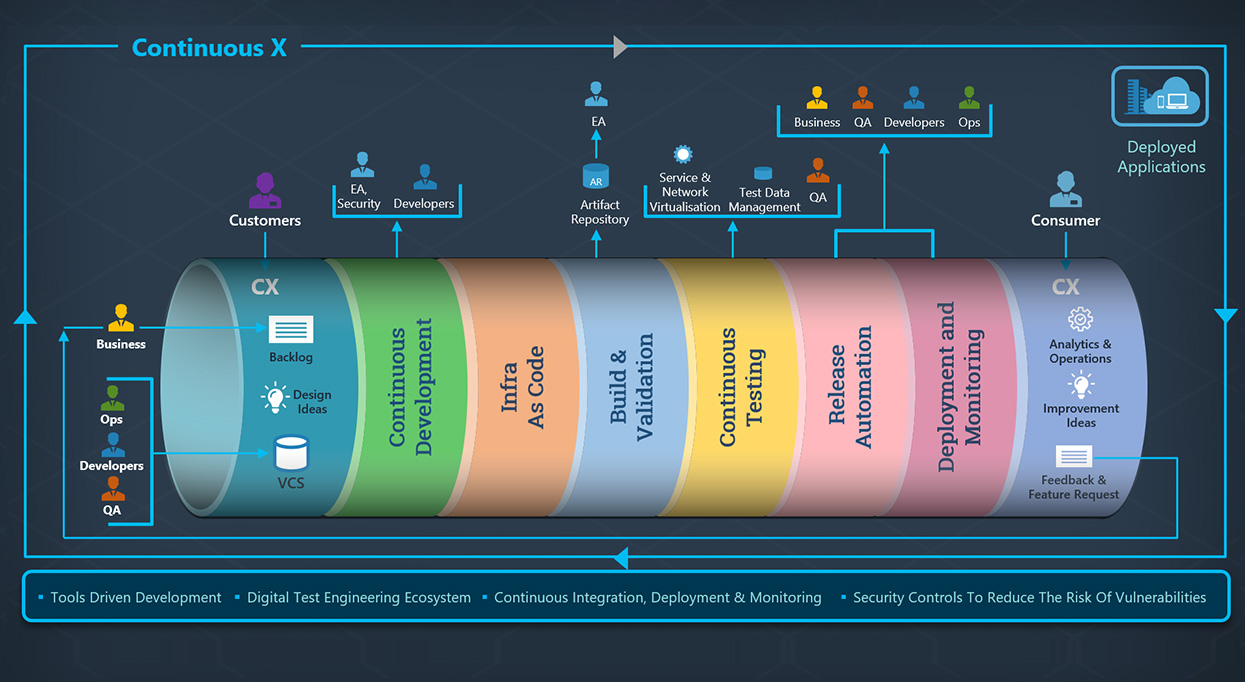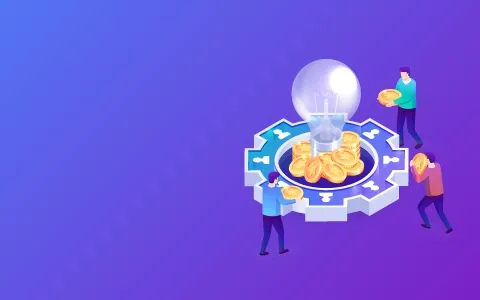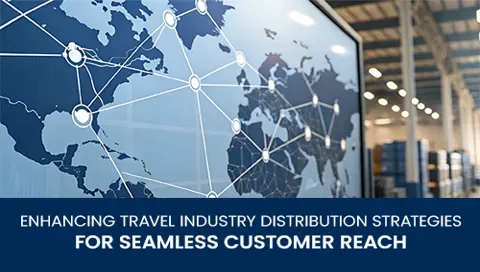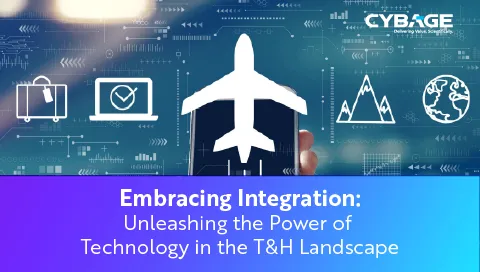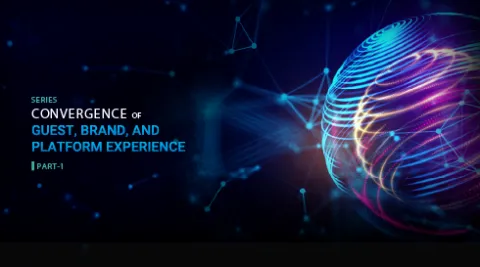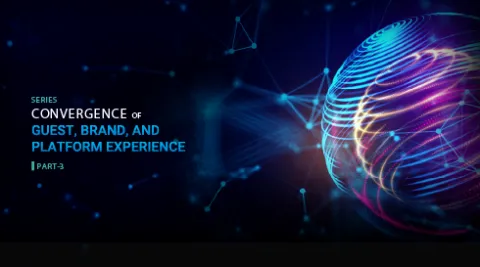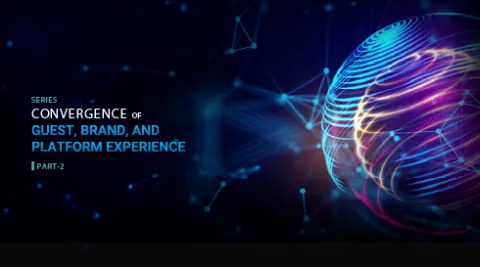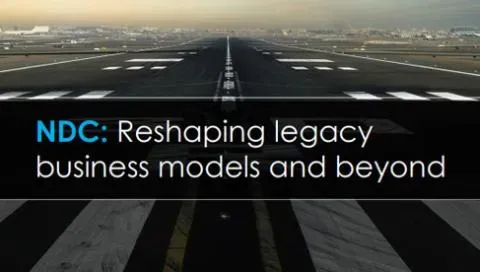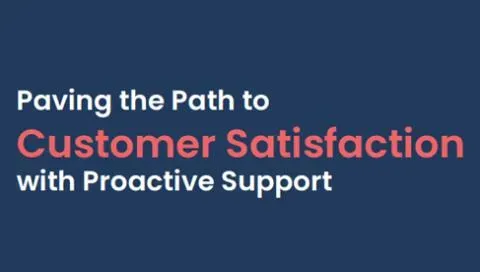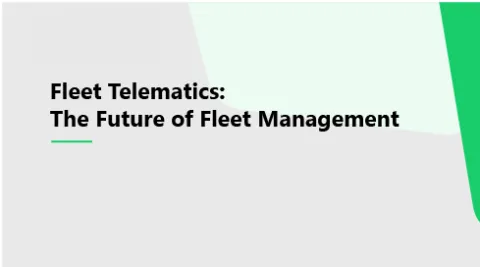Overview
PIE is an Automated Engineering and Design Thinking approach to building software products with predictable speed and quality!
PIE helps teams work with product engineering ethos to take the software to the hands of customers in the shortest possible time without compromising quality through agility-driven software development.
PIE is a design thinking approach with automation at the core for producing software products. It combines the four pillars: People & Culture, Processes, Tools, and Technology. PIE ensures that tools are introduced right from the beginning of the SDLC process and issues are identified earlier, allowing us to adopt the Shift-Left Philosophy. With the power of Automated Engineering, we can integrate resilience into our builds and deployments, enabling us to roll out releases faster and with quality.

Resource Center
Our services
Digital Product
Engineering
From ideation to launch, our comprehensive suite of product engineering services and solutions helps bring your products to life.
Technology
Solutions
With a rich legacy of transformative technology solutions, we forge ahead, adapting to the dynamic needs of industries worldwide.
Artificial
Intelligence
Leverage the power of AI to unlock your competitive edge, no matter where you stand in your AI journey.
Platforms &
Integrations
Ensure enhanced productivity and scalability with our extensive set of services, tailored to elevate your capabilities.
Digital
Transformation
The digital landscape is rapidly evolving. We help you stay ahead and simplify the way your business moves.
Support
Services
From Remote Infrastructure Management (RIM) to tech-enabled services, we support your company’s core business and meet your unique requirements.
GCC as a Service
Deliver high-performance outcomes with managed GCCs—smart, scalable, and tailored to your strategic goals.

Industries we cater to
Moving with the Times,
Moving with You
Let's Get Moving!
Your purpose, our passion. Connect with us and let's make things happen.

